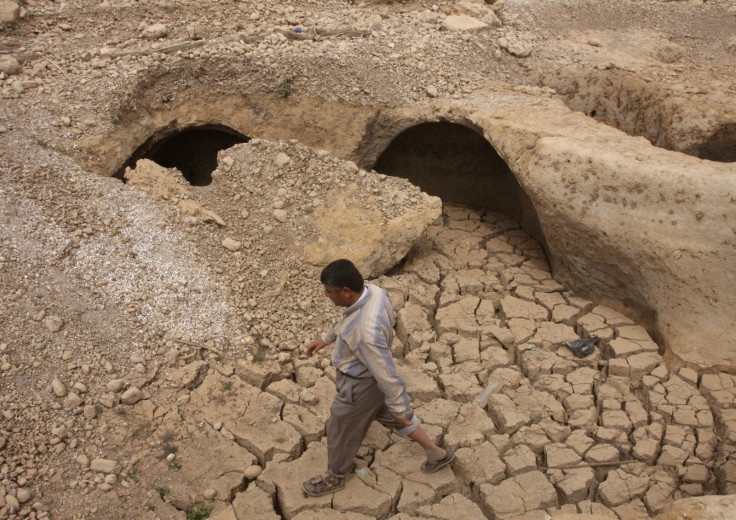Story of Murder and Loot Built Around 3000-Year-Old Golden Bowl Found in 1958

The three soldiers trying to run away with the golden bowl were most probably looters and murderers, concludes a study.
The 3000-year-old golden bowl was found by archaeologists in 1958, lying close to the fingertips of a soldier in the ruins of Hasanlu, a burnt-down Iron Age citadel in north-western Iran.
Michael Danti, an archaeologist at Boston University, has published a study on Hasanlu in the September 2014 issue of the journal Antiquity, in which he concludes the soldier and his two comrades were crushed under bricks and building material when they were climbing up a wooden staircase inside the building that collapsed.
The bowl also was crushed by the impact, writes LiveScience.
Danti believes a bone analysis could help confirm where the warriors came from, and whether they died trying to protect or steal the town's riches.
Textiles, armoured belts, metal vessels and seals are some other treasures found scattered around the bodies.
There has been speculation whether the three men were defenders of the citadel or invaders.
They were probably from the surrounding Urartu kingdom which led the expansion into the region around Hasanlu during the Iron Age through a brutal military campaign.
The prevailing theory is that Hasanlu, known for its burn layer that contains more than 200 bodies preserved in ash and rubble, was first occupied 8000 years ago but became a fortified bustling town later.
Many of the bodies are beheaded, while some have missing arms. The wounds on the heads of some indicate blunt weapons. A surprise attack destroyed the citadel, believe archaeologists.
© Copyright IBTimes 2025. All rights reserved.





















